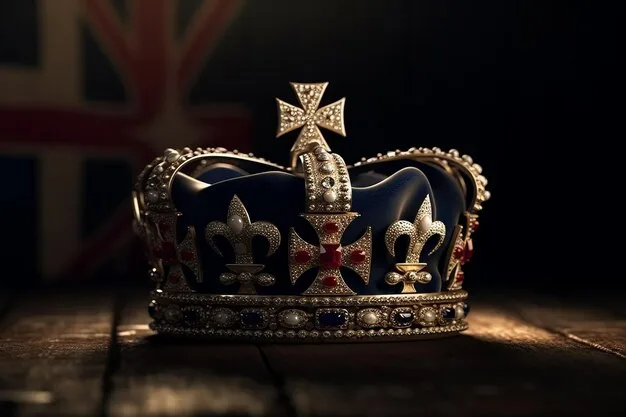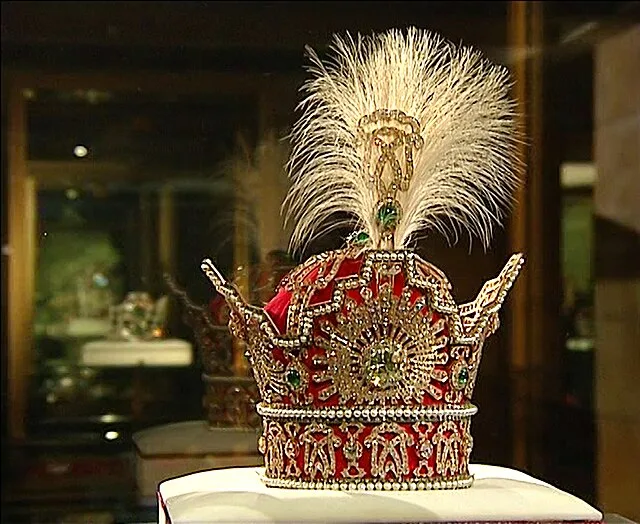
The Most Precious Jewelry in Museums and Private Collections
Museums and private collections worldwide house some of the most exquisite and valuable pieces of jewelry, reflecting both historical significance and unmatched craftsmanship. These treasures not only embody the artistic and cultural heritage of their times but also offer a glimpse into the opulence enjoyed by royals and elite collectors.
The Hope Diamond: A Legendary Gemstone
Housed in the Smithsonian Institution, the Hope Diamond is renowned for its deep blue hue and storied past. This 45.52-carat diamond, with its impeccable clarity and exceptional color, has been a part of several notable collections, including those of King Louis XIV and the infamous gem dealer Pierre Cartier. Its journey through history has been as captivating as its visual appeal, with legends of a curse adding to its mystique.
The diamond’s unique phosphorescent glow under ultraviolet light and its rare coloration make it a centerpiece of gemological studies. Visitors to the Smithsonian can marvel at this iconic piece, which continues to fascinate both experts and enthusiasts alike.
The British Crown Jewels: A Regal Collection
The British Crown Jewels, housed in the Tower of London, are a symbol of the British monarchy’s power and grandeur. Among the collection’s most famed pieces is the Imperial State Crown, adorned with over 3,000 gems, including the Cullinan II diamond, a staggering 317.4 carats in size. Another highlight is the Koh-i-Noor diamond, set in the Queen Mother’s Crown, which has a complex history and is a source of international interest.
These jewels are not only significant for their size and beauty but also for their historical and ceremonial roles. They are used during coronations and other state ceremonies, providing a tangible connection to the history and traditions of the British monarchy.
The Dresden Green Diamond: A Unique Marvel
The Dresden Green Diamond stands out not only for its rare green color but also for its perfect clarity and cut. This 41-carat gem is part of the Green Vault in Dresden, Germany, and has been on display since 1722. Its distinct hue is due to natural radiation exposure, making it one of the most studied gemstones in the world.
What sets the Dresden Green Diamond apart is its vibrant green color, which is exceptionally rare among diamonds. Its historical journey and scientific significance continue to captivate both historians and gemologists.
The Iranian Crown Jewels: A Treasure Trove
The Iranian Crown Jewels, housed in the Central Bank of Iran, comprise one of the largest collections of jewels in the world. Notable pieces include the Darya-i-Noor, a 182-carat pink diamond, and the Naderi Throne, which is adorned with an array of precious stones. These jewels have been a part of Iran’s royal heritage for centuries and are a testament to the country’s rich cultural history.
The collection’s diversity, including gems of various types and sizes, showcases the extensive trade and craftsmanship in the region. It remains a symbol of the Persian Empire’s wealth and artistic achievements.

The Jewelry of Elizabeth Taylor: Iconic Pieces
Elizabeth Taylor, an icon of Hollywood, amassed one of the most famous private jewelry collections. Her pieces included the 33.19-carat Krupp Diamond, the La Peregrina Pearl, and the Taj Mahal Diamond, each with its own unique story and significance. Taylor’s collection was renowned not only for the quality and rarity of the gems but also for the personal and romantic history associated with them.
Her jewelry became a hallmark of her public persona, symbolizing her love for beauty and luxury. The collection was auctioned after her passing, fetching record prices and underscoring the enduring allure of these exceptional pieces.
The Romanov Jewels: A Glimpse into Imperial Russia
The Romanov jewels, once owned by the Russian Imperial family, are legendary for their exquisite craftsmanship and historical significance. Pieces like the Imperial Fabergé eggs and the Russian Crown Jewels reflect the opulence of the Russian Empire before the revolution. Many of these items are now housed in the Kremlin Armoury in Moscow, attracting visitors from around the world.
These jewels provide a window into the lives of the Russian aristocracy and the cultural heritage of pre-revolutionary Russia. They remain a powerful symbol of a bygone era, marked by grandeur and luxury.
